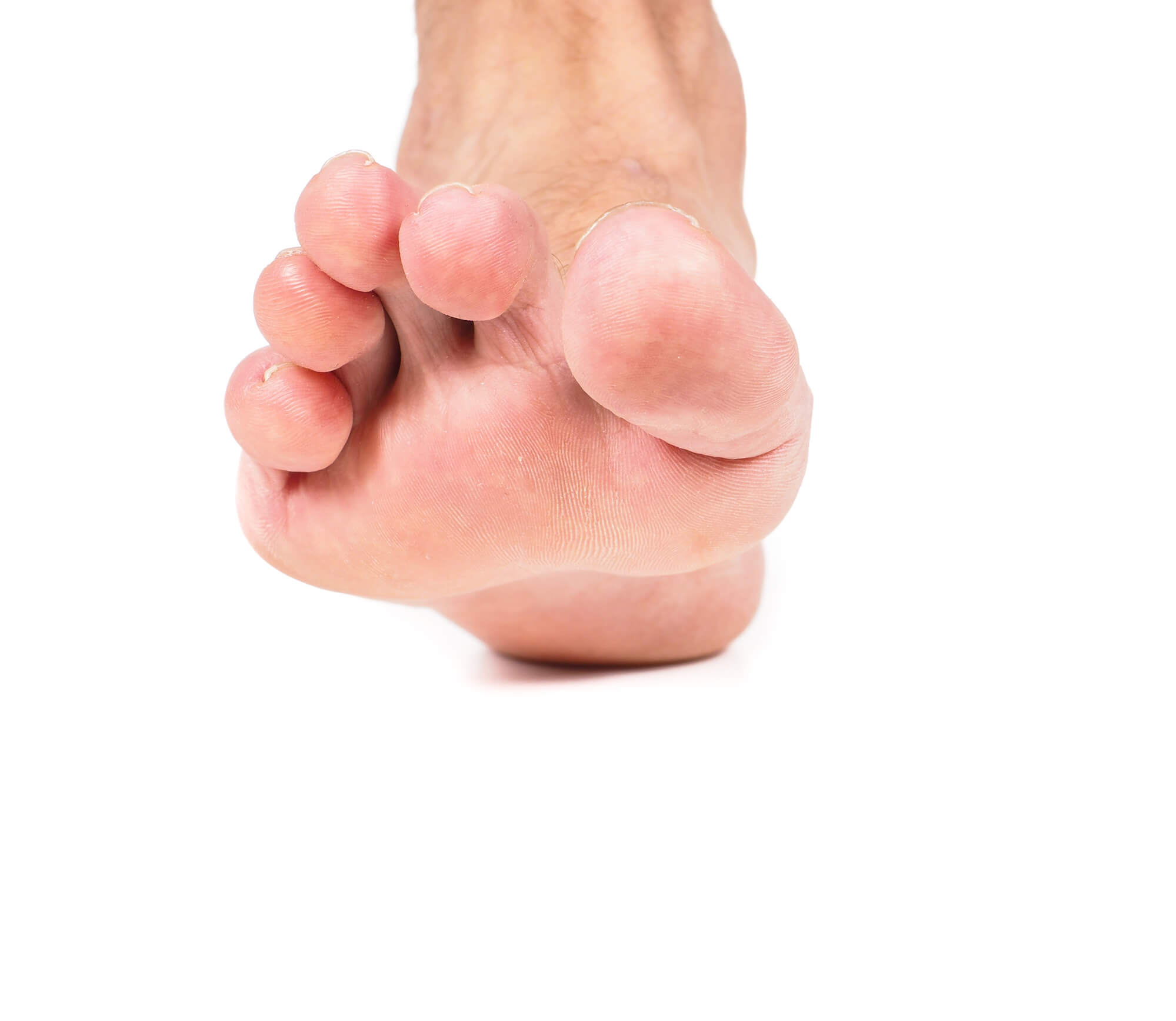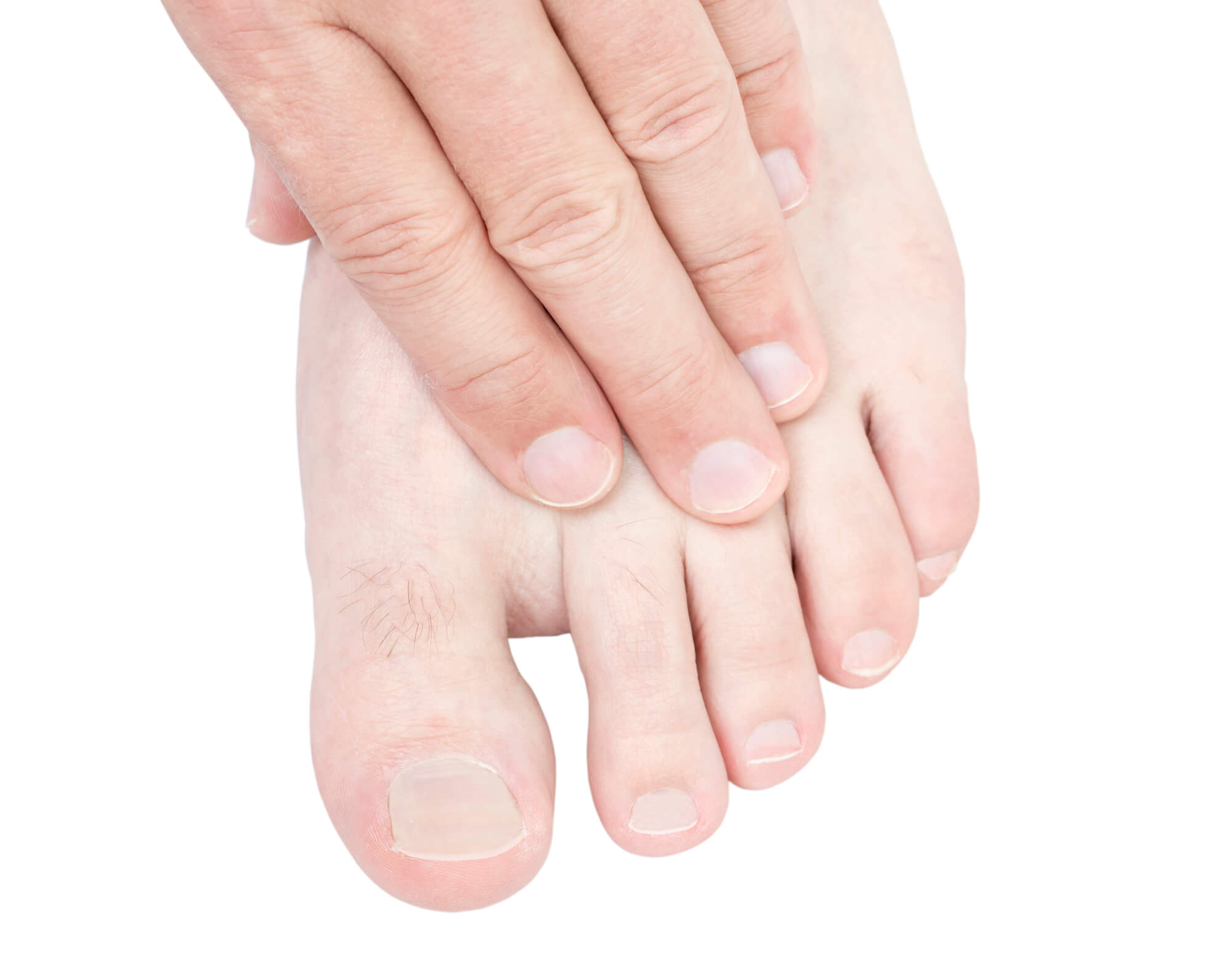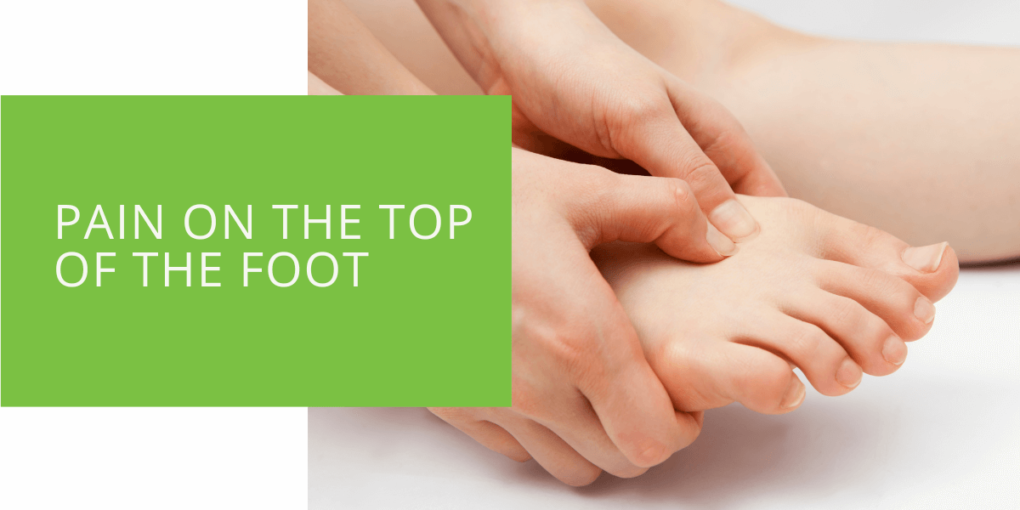Understanding and Managing Pain on the Top of the Foot
Pain on the top of the foot can be a nuisance for many individuals and cause significant discomfort. Foot pain is a common problem that affects people of all ages, and it is important to understand the causes and proper management techniques to alleviate the symptoms and prevent future occurrences. This article will specifically focus on pain on the top of the foot and will cover common causes, symptoms, diagnosis, treatment options, and prevention tips.
Causes of Pain on the Top of the Foot
Various factors can cause pain on the top of the foot. Some of the most common causes include:
- Trauma or injury: A fracture, sprain, or strain can cause pain on the top of the foot. In some cases, a direct blow to the foot can cause a contusion or bruise, which can cause pain and swelling.
- Overuse or repetitive motions: Activities that involve repetitive motions, such as running or jumping, can lead to overuse injuries, such as tendonitis or plantar fasciitis.
- Certain medical conditions such as gout, arthritis, or diabetes: Gout can cause severe pain and swell in the big toe joint, and if left untreated, it can spread to other joints in the foot. Arthritis can cause stiffness and pain in the joints, including those at the top of the foot. People with diabetes are at a higher risk of developing nerve damage and foot complications, such as corns, calluses, and numbness.
- Wearing ill-fitting or uncomfortable shoes: Wearing shoes that do not fit properly or provide enough support can cause pain and discomfort on the top of the foot. High heels, for example, can put excessive pressure on the metatarsal bones, which can cause pain.
- High-impact activities: High-impact activities such as running or jumping, put extra strain on the foot, leading to pain and injury.

Symptoms of Pain on the Top of the Foot
The pain symptoms on the top of the foot can vary, depending on the underlying cause. Some of the most common symptoms include:
- Aching or burning sensation on the top of the foot
- Tenderness or soreness to the touch
- Swelling or redness
- Limited range of motion
- Difficulty bearing weight on the affected foot
- Numbness or tingling sensation
- Pain that worsens with activity and improves with rest
- Stiffness in the morning or after a period of inactivity
- A visible bump or lump on the top of the foot
If you experience any of these symptoms, it is important to seek the advice of a podiatrist or other foot and ankle specialist.

Diagnosis and Treatment
A podiatrist or other foot and ankle specialist will typically diagnose pain on the top of the foot by performing a physical examination and reviewing the patient's medical history. They may also order imaging tests, such as an X-ray or MRI, to rule out any underlying injuries or medical conditions.
The treatment options for pain on the top of the foot will vary depending on the underlying cause. Some of the most common treatment options include:
- Rest, ice, and elevation to reduce inflammation
- Stretching and strengthening exercises to improve flexibility and strength
- Orthotic inserts or special shoe inserts to support the foot
- Medications such as non-steroidal anti-inflammatory drugs (NSAIDs) such as ibuprofen to alleviate pain and inflammation
- Surgery as a last resort if other treatments are ineffective
For example, if the pain on the top of the foot is caused by overuse or a strain, the treatment may involve rest, ice, and over-the-counter pain medication. Physical therapy or a foot and ankle specialist may also recommend stretching and strengthening exercises to help reduce pain and improve the strength and flexibility of the affected foot.
If the pain is caused by a medical condition such as gout or arthritis, the treatment may involve medication to manage the symptoms of the underlying condition. For example, a podiatrist may prescribe medications to reduce inflammation and pain. They may also recommend wearing shoes with a wide toe box to reduce pressure on the big toe joint.
If the pain is caused by a structural problem, such as flat feet, the treatment may involve wearing orthotic inserts or special shoes that provide extra support. In some cases, a podiatrist may recommend surgery to correct the underlying problem.

Prevention
Preventing pain on the top of the foot is an important aspect of management and avoiding future injuries. To prevent pain on the top of the foot, you should:
- Wear comfortable, properly fitting shoes. Shoes that fit well and provide enough support can help prevent pain on the top of the foot.
- Stretching before engaging in physical activity. Warm up the foot and stretch it to reduce the risk of injury.
- Gradually increase the intensity and duration of physical activity.
- Maintain a healthy weight to reduce strain on the feet.
- Rest the foot when it is sore. Avoid activities that may cause pain, such as running or jumping.
- Practice good foot hygiene. Keep the feet clean and dry, and maintain a healthy diet.
Conclusion
Various factors, including trauma or injury, overuse, medical conditions, and ill-fitting shoes can cause pain on the top of the foot. Understanding the causes and proper management techniques can help alleviate the symptoms and prevent future occurrences. It is important to seek the advice of a podiatrist or other foot and ankle specialist if you experience persistent or severe pain on the top of the foot. With their help, you can find the right treatment plan to reduce pain and improve function. Remember to take preventative measures, such as wearing comfortable shoes, stretching, and maintaining a healthy weight, to avoid future occurrences.

